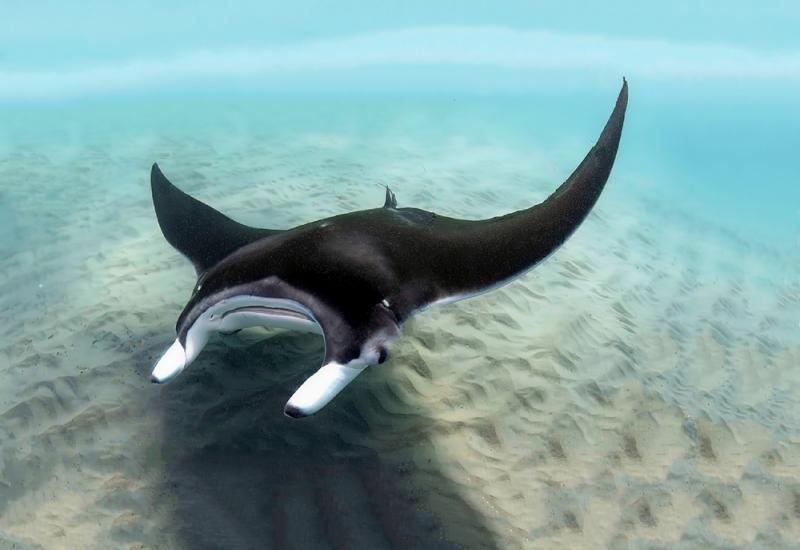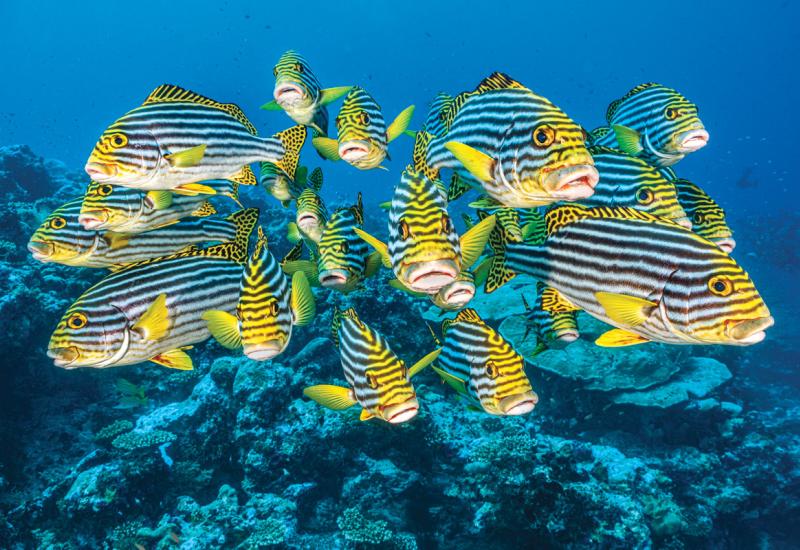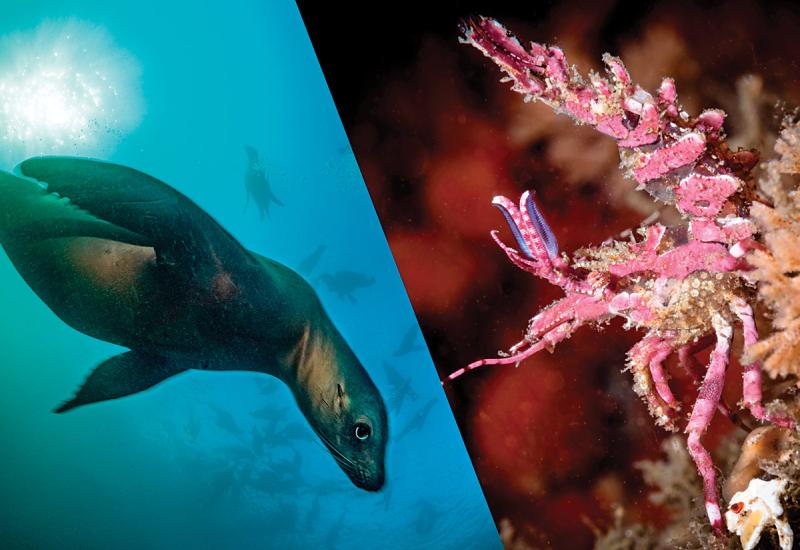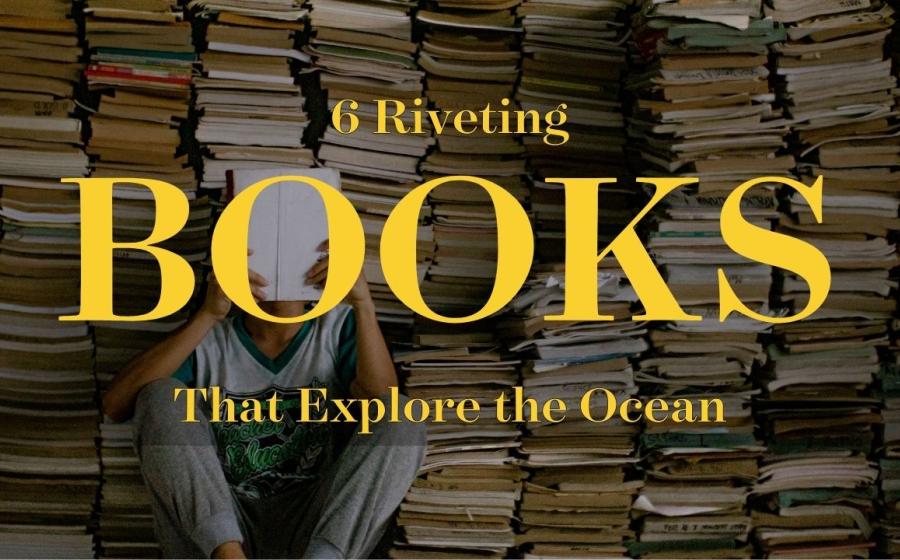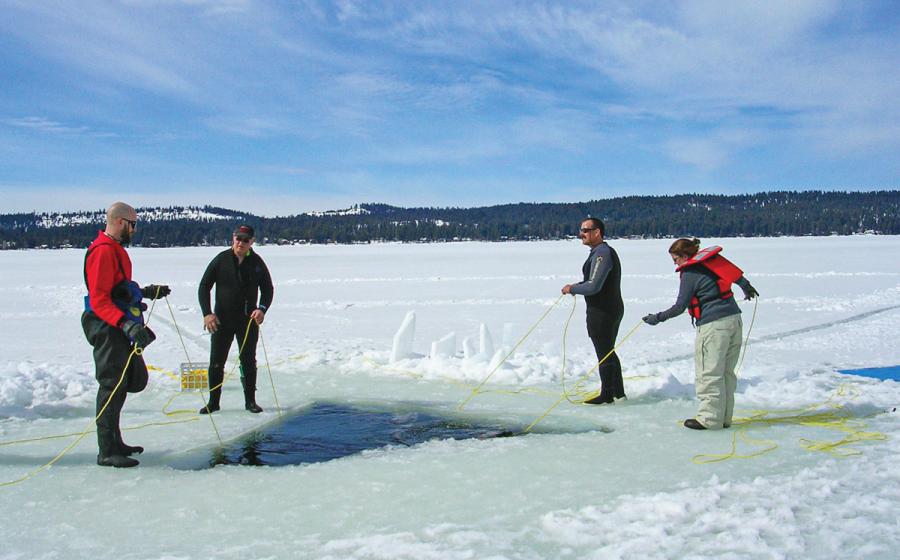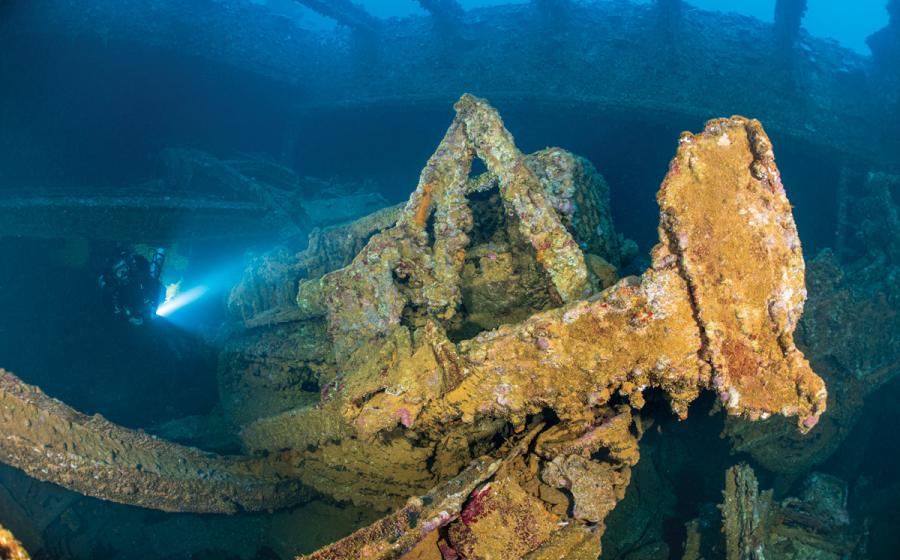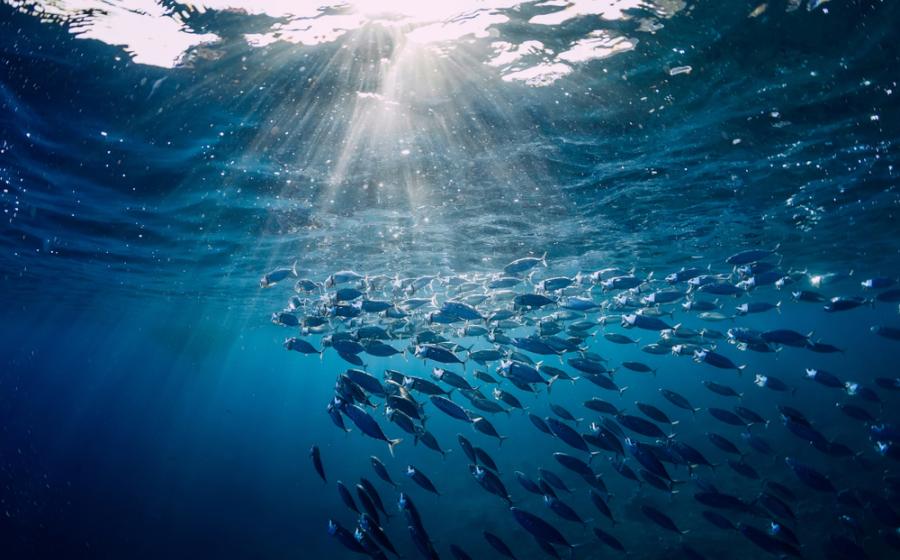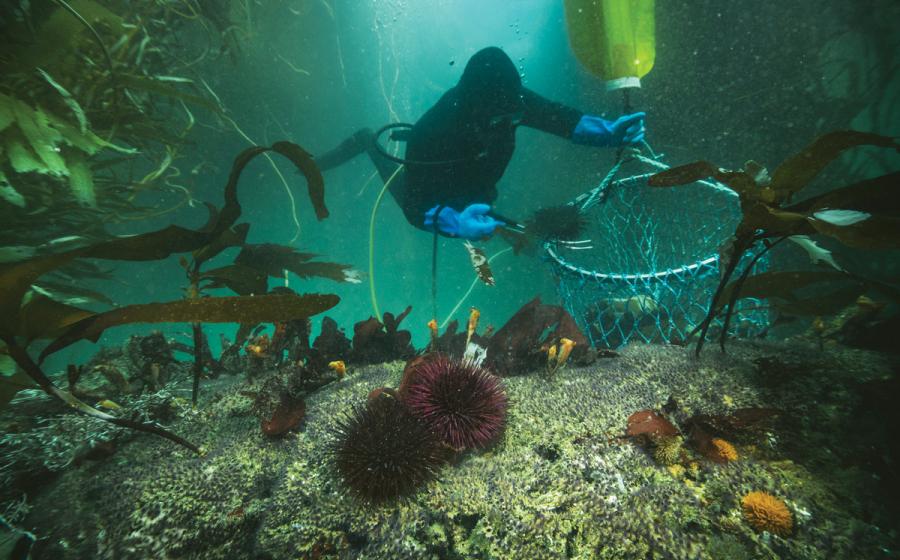An Unexpected Friendship With Vermillion Rockfish

Patrick WebsterA fiery vermilion rockfish introduces itself somewhere in Monterey Bay, California.
"I hope I run into them today…”
I’m gearing up for a dive on the Monterey Peninsula, hoping to see a subtidal acquaintance, a dive buddy. We’ve never spoken, but we’ve come across each other in the nautical neighborhood.
I’m not sure when we first met—but our first photo is from August 2017. It was a dark dive that day—a thick plankton bloom enveloped the reef and set the sun early just a few atmospheres down.
Rounding a corner of a familiar reef, the somber scene was suddenly slashed by a startling flash of brilliant orange. I steadied my camera just in time to catch the colorful culprit reemerge from a rocky recess. Dorsal fin spines poised, pelvic fins lowered at full defensive sail and hovering tentatively just off the reef was a large vermilion rockfish, Sebastes miniatus .
Its genus name, “Sebastes,” means “magnificent”—and there was no better descriptor for this fish. Its warm radiance stood in stark contrast to the coldness of its surroundings. Illuminated as it was in my lights, glowing with fiery intensity, it was hard to imagine that its crimson coloring is a perfect camouflage in the depths, the rusty robe absorbing ambient light and turning scarlet to muddled umber. But under the spotlight, it looked like a welcoming fire burning in the night.
Related Reading: Why We’re Suckers for Becoming an Octopus’s Student
It did take a while to warm up to each other. After all, humans haven't had the most supportive of relationships with their “Pacific red snapper” kin. The magnificence of vermilions has been eye candy to fish mongers and bright-eyed seafood dieters for generations, sometimes fetching double what their drabber yet equally tasty cousins did in markets up and down the West Coast. By the 1990s, vermilion populations were in steep decline—these fish rely on BOFFFs to maximize their reproductive output—Big Old Fat Fertile Females—and we’d clearly done a number on that population. Fisheries adapted to the data, and by the 2010s, vermilion populations were on the rise, aided by the implementation of marine protected areas just like the one this ornery local and I had chosen to swim through that day.
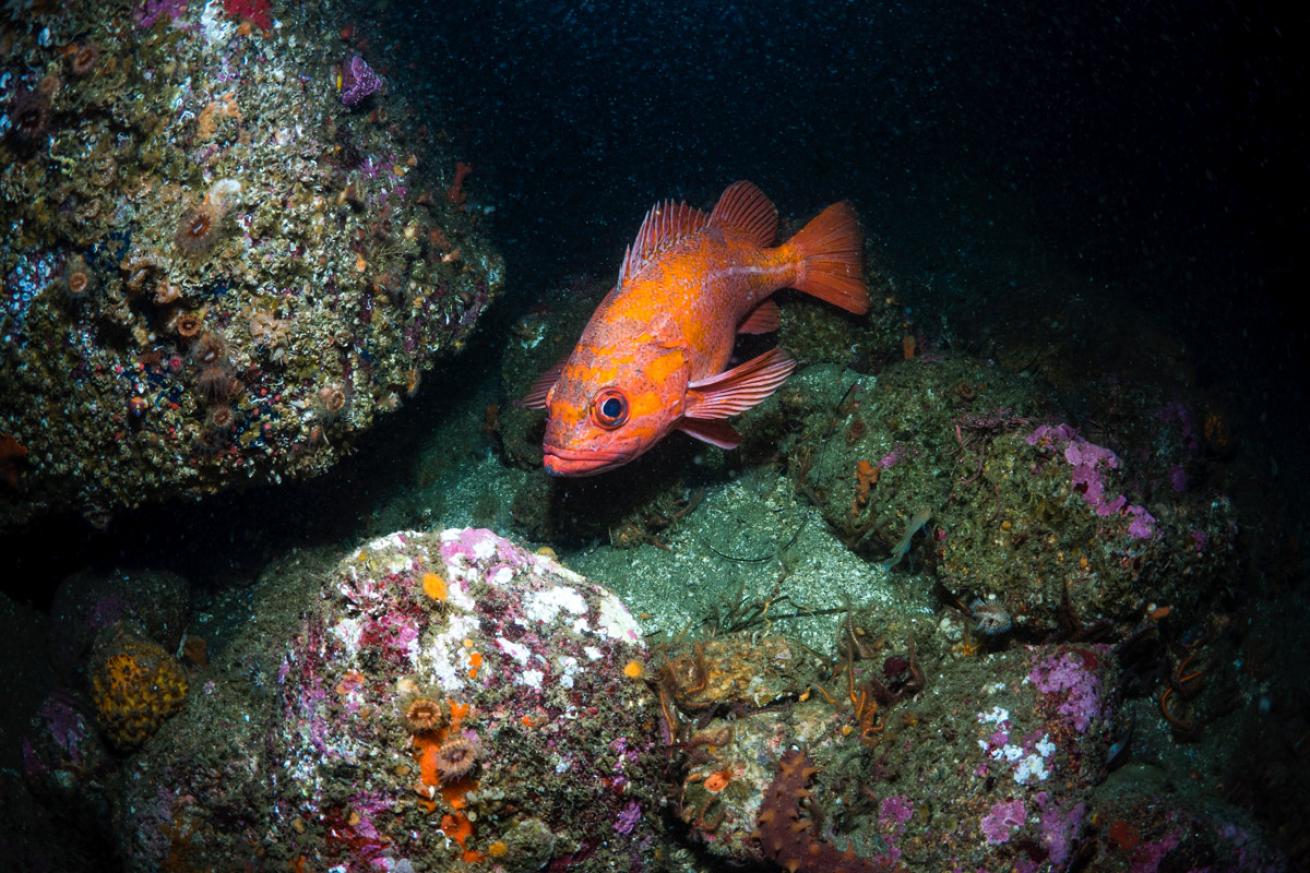
Patrick WebsterA vermilion rockfish becomes a fishy friend.
We watched each other for a while longer, and then I headed home. Memories of the encounter faded until a few months later. There I was, diving the same site again when I noticed a familiar shape perched on the reef. As I approached, the vermilion shot up and lowered its defenses, just as it did before. But this time it only circled me briefly, before settling down again a few boulders away. Then a couple weeks later, there I was again and there they were once more, this time without the trepidation.
So it went each time I would dive the reef. I came to expect the colorful company—same spot, same face. Then one dive, I couldn’t find them—not deeper, nor around the corner. I didn’t realize I was concerned until the next dive when I spotted them outside their usual lair. Relief washed over me: “Oh, there you are, you little scamp!” And that’s when it hit me—I missed a fishy friend.
I had started diving as a scientist, later as a documentarian. The animals I was encountering were data points, photo subjects, species to identify. But after enough time in the same place, I had gotten comfortable enough to see myself in the water world beyond me, instead of operating in some hyper-realistic video game. My heart had transitioned before my mind into recognizing the life forms beyond me as individuals, with deep, multifaceted lives of their own.
Related Reading: Peep Show: Dive with Hundreds of Thousands of Spawning Cuttlefish in South Australia
This fish was the first I had come to know, and it was like my brain had undergone a software update, with “names” of sorts loading up with the anemones, barnacles and kelp plants I had swum by countless times and only recently acknowledged. My friends now included a familiar fauna, accessible for a dive date just offshore. I learned then to try not to say that “I saw” this or that on a dive but that “I met” them instead.
It’s been two years since I’ve photographed my fishy friend—my schedule changed, and I haven’t been around as much. But as I type this, I feel a need to reach out to check in and see how things are going. Vermilion rockfish can live at least 60 years, so there’s a good chance they’re still out there, sitting quietly, camouflaged on the reef, one dive light away from reigniting their warm embrace of a dive buddy.

e8d8.jpg)
